
The Island School and Cape Eleuthera Institute Research Symposium was held last Saturday, November 29. As with previous years, The Island School students prepared scientific posters about their Applied Research Class projects, which they presented to Symposium guests. Some students also manned stations in the wet lab, showing guests how their experiments were run in real time.
Attendees then had the chance to tour the Center for Sustainable Development, and learn about the sustainable systems on campus, such as the wind turbine, the solar panels, and the biodiesel. After the tours, guests moved on to the boathouse, where students had set up games aimed at outreach and conservation. Continue reading
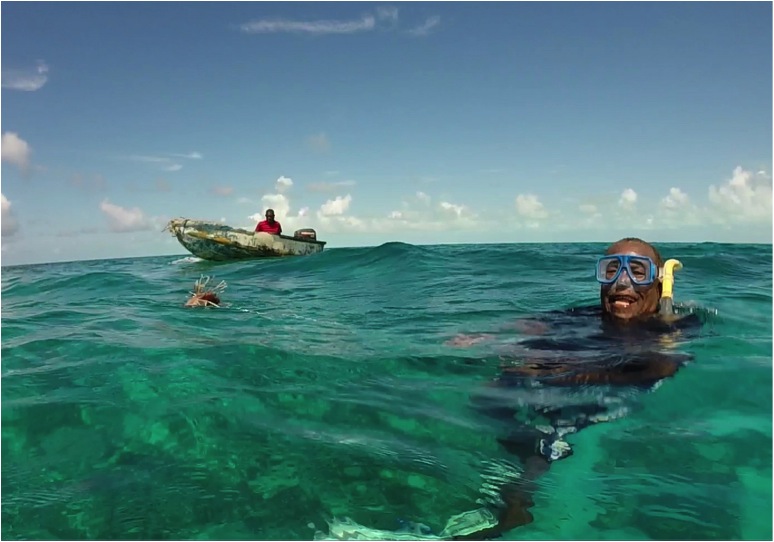
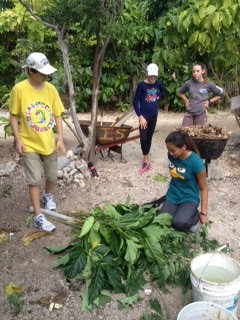
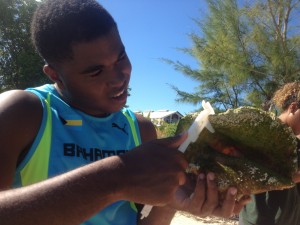
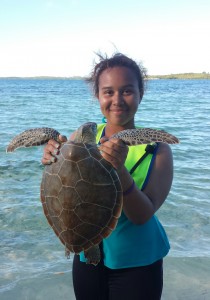
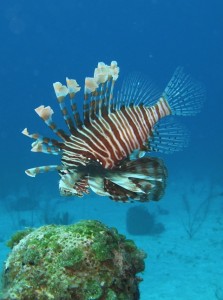
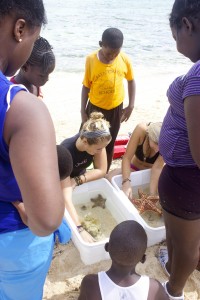
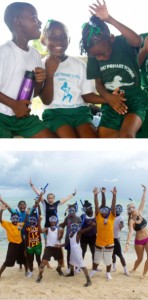
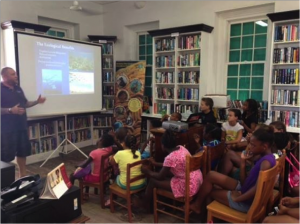
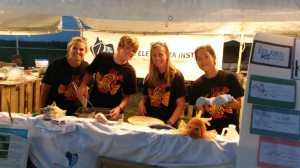
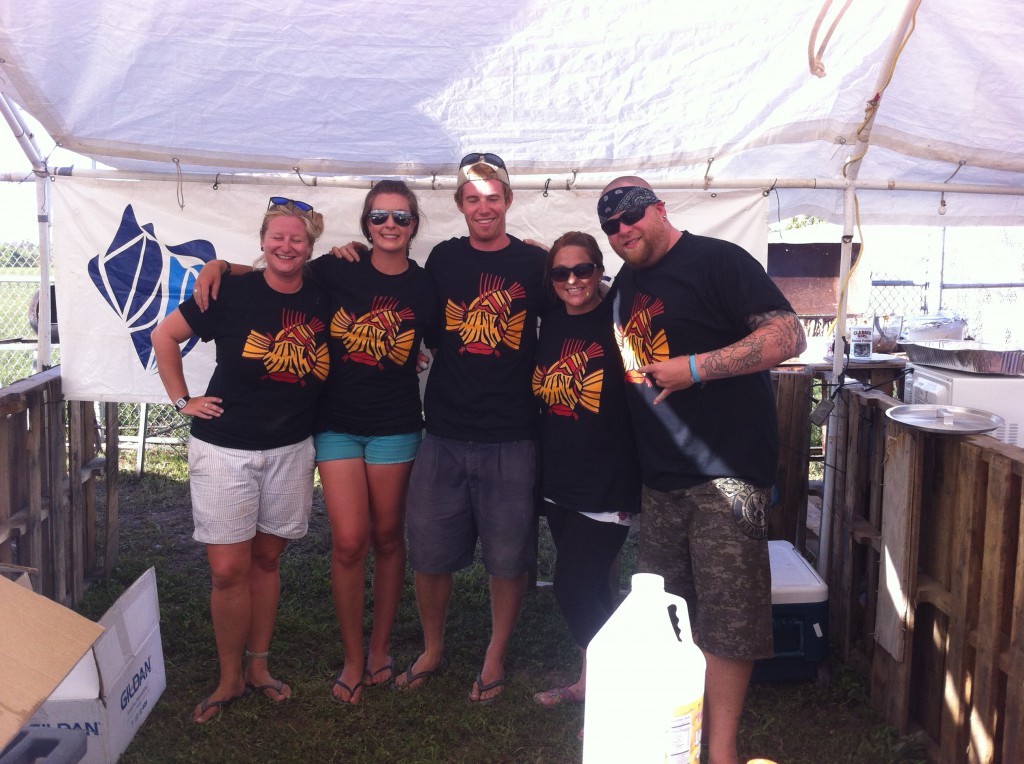
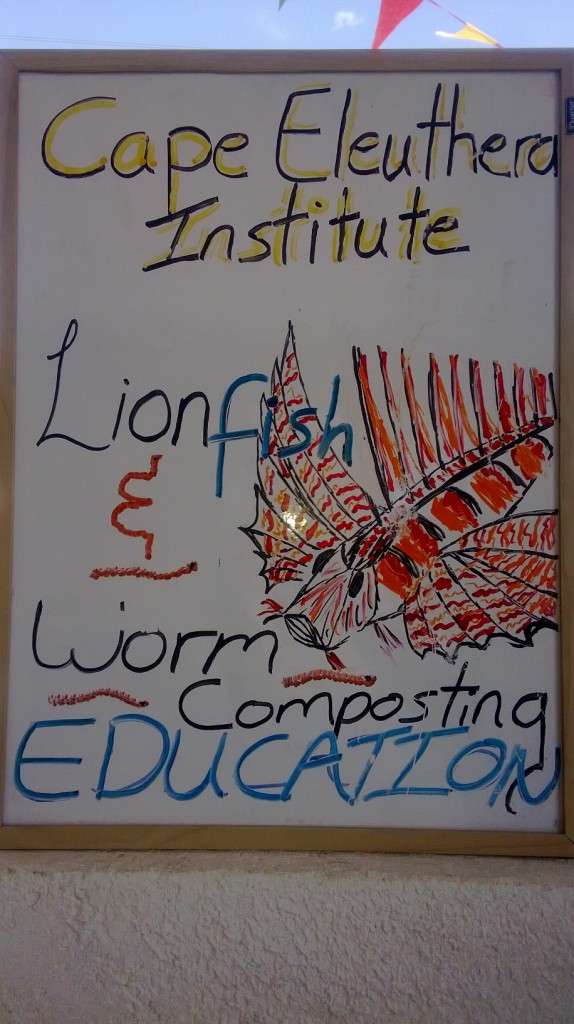 To celebrate Earth Day and coastal awareness month, One Eleuthera Foundation (OEF) held an environmentally-themed festival. “Reduce, Reuse, Recycle- Respect Mother Earth” was the theme for this day of celebration. OEF partnered with a number of non-profit organizations, local craft vendors, local businesses and government departments. The goal of this event was to bring about awareness, to educate, and to demonstrate alternatives.
To celebrate Earth Day and coastal awareness month, One Eleuthera Foundation (OEF) held an environmentally-themed festival. “Reduce, Reuse, Recycle- Respect Mother Earth” was the theme for this day of celebration. OEF partnered with a number of non-profit organizations, local craft vendors, local businesses and government departments. The goal of this event was to bring about awareness, to educate, and to demonstrate alternatives.